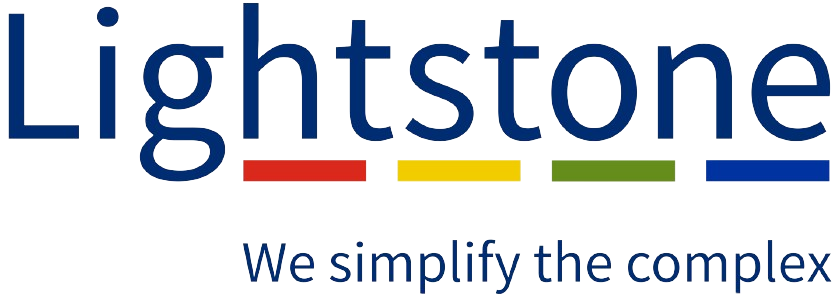The South African property market dipped to pre-Covid levels towards the end of 2023 according to the Lightstone National Index (see graph below), with both time-on-market and the gap between listing price and price paid growing.
The market had rallied post-Covid but generally weak economic conditions and political uncertainties have seen it drift back to territory familiar in 2019.
Lightstone National Index

It must be remembered, though, that a while a quick sale or a sale at the asking price is generally indicative of a strong or positive market, it is not always the case. A quick sale could be triggered by a significant discount where a seller is keen to make the next move and is less concerned about the sale price. On the other hand an asking price may have been unrealistically aggressive or a property might sit on the market because a seller isn't under pressure to sell.
In the graph below one can see how the time-on-market was shorter in 2021 and 2022 but has increased since then. The difference between price paid and listed price has also stretched out, another sign of a market under some pressure.
Time-on-market and discount on listed price

The proportion of sales within a month of coming onto the market has fluctuated in the seven years analysed in the graph below and settled at its lowest level in 2024 after peaking in 2021 in the post-Covid bounce.
Time-on-market in categories

Typically, the longer a property is on the market, on average, the bigger the difference between the sale price and the listing price becomes. The graph below demonstrates the discount on sale prices in 2024 relative to time-on-market, climbing from around 6% for sales within a month to more than 20% after two years.
2024 - Discount on listed price for different time-on-market categories

The difference between original asking price and sale price tends to increase the higher the value of the property, as can be seen in the graph below. Houses in the R8m-R8.5m band were on average being discounted at just over 16%, while properties under R1.5m were discounted ranging from 8%-10%.
Difference between listing and purchase price per listed price band

Of course, time-on-market and discount on listing price differ from municipality to municipality, and as anticipated, Cape Town recorded the highest proportion of sales taking place within a month in 2024. Nelson Mandela Bay was next, while Johannesburg was last of the six metros assessed, although it was more in line with other metros the longer the property was on the market.
Municipality time-on-market: 2024 sales

Purchase prices in Cape Town were also closest to asking prices when compared with other municipalities, while the gap was largest in eThekwini and Johannesburg.
% Lower than asking price

Cape Town's suburbs, as expected, performed better in terms of average time-on-market compared to suburbs in Johannesburg, Tshwane and eThekwini.
Average time-on-market for towns in main metros

The graph below shows that municipalities in the Western Cape, outside of Cape Town, haven't fared quite as well as the province's capital city. Worcester and George have the lowest average days-on-market, while Struisbaai, about two hundred kilometres southeast of Cape Town, and Saldanha, on the west coast, are at the high end.
The largest gap between sales price and asking price is in Laaiplek, next to Port Owen on the west coast, with Paarl and Stellenbosch in the Cape Winelands being among the lowest.
Other Western Cape towns

Vorna Valley in Midrand and Parkhurst in Johannesburg are the best performing Johannesburg suburbs (see graph below), while Parktown North - adjacent to Parkhurst - is the worst performer at nearly double the number of days-on-market. The gap between sales price and listing price is lowest in Vorna Valley at under 5%, while it's highest in Parktown North.
Johannesburg suburbs


